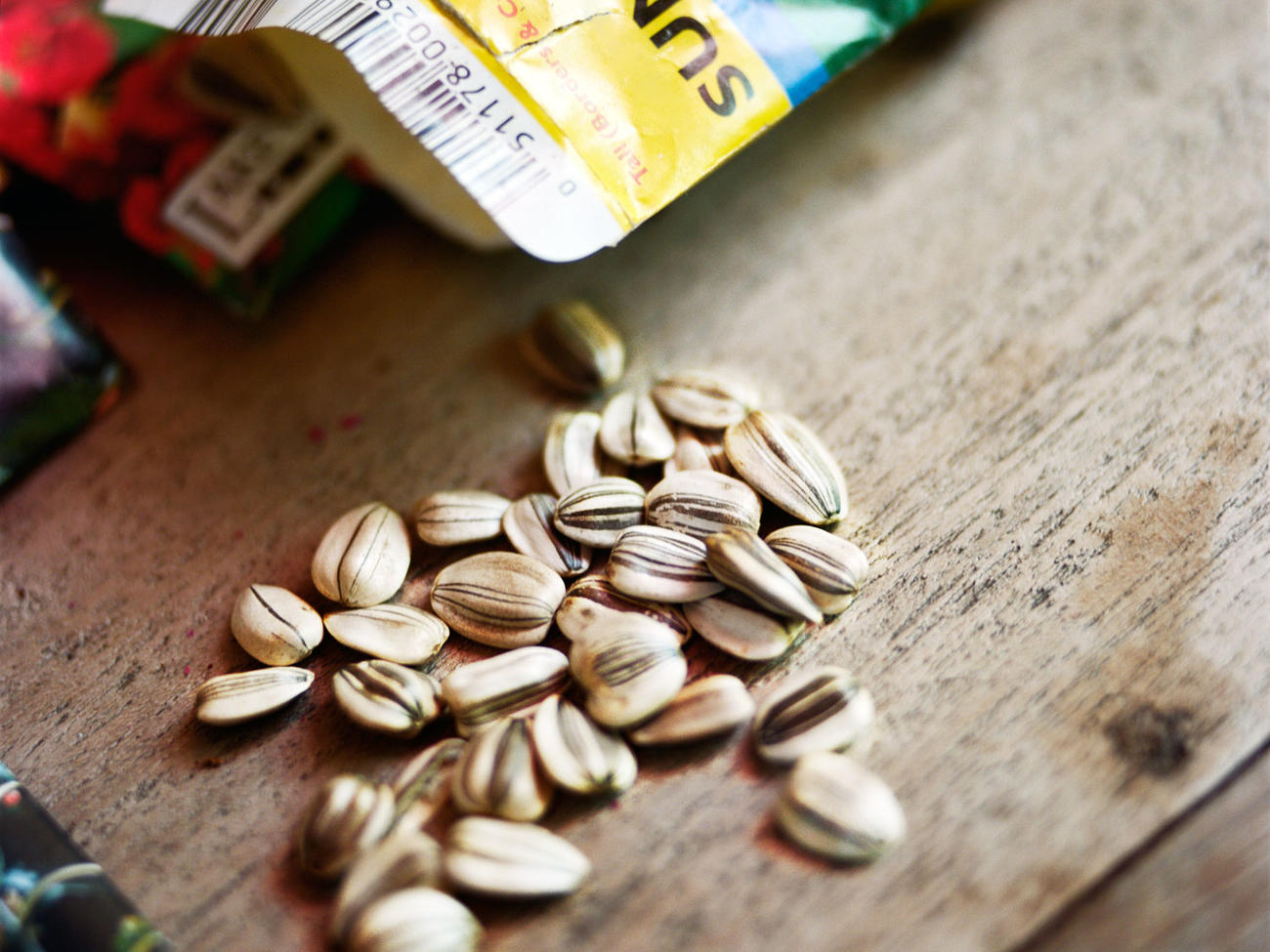
May

Photos by Coral Von Zumwalt
Plant
Grow Mexican oregano in Sunset climate zones 10–13. The wonderfully scented mint-family shrub (Poliomintha maderensis) has leaves that smell and taste like oregano, and can be used as a substitute. Look for the ‘Lavender Spice’ variety, a 3- by 3-foot plant with a particularly attractive and enduring display of light purple flowers from now through fall.
Plant palo blanco trees in zones 12–13. For small courtyard nooks and crannies, try this petite Sonoran Desert tree with exfoliating white bark. Native to rocky hillsides in Sonora, Mexico, the palo blanco (Acacia willardiana) is durable and well adapted to harsh growing conditions including reflected heat; site the tree in the warmest location in the garden. Look for it at nurseries that carry native plants.
